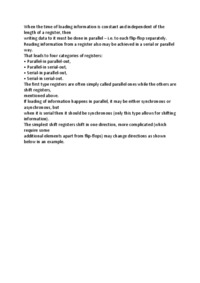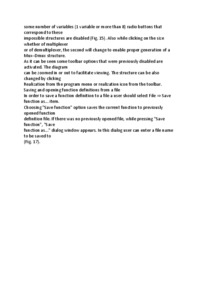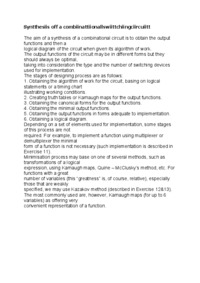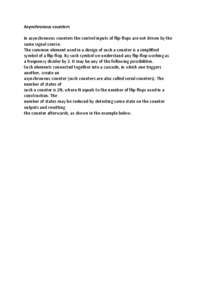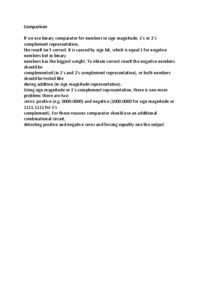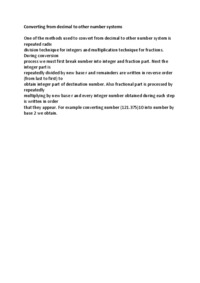Wyścigi w kolejnych obwodach
- Politechnika Śląska
- Teoria układów logicznych
Races in sequential circuits Races in sequential switching circuits occur when the circuit programme requires the transition between two states, the codes of which are not logically adjacent - i.e. they differ in more than one bit. It means that a race may happen only when for describing internal...


